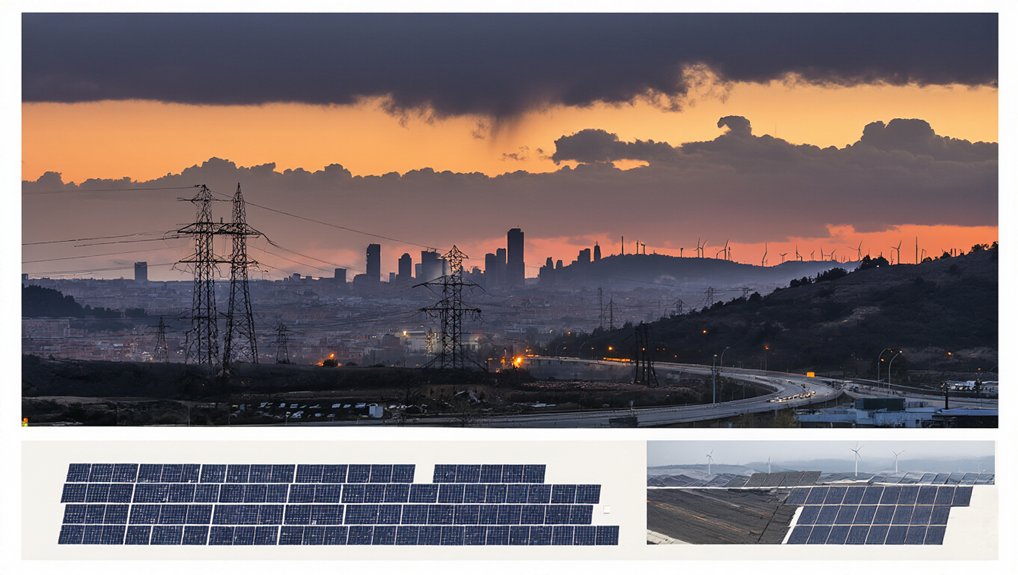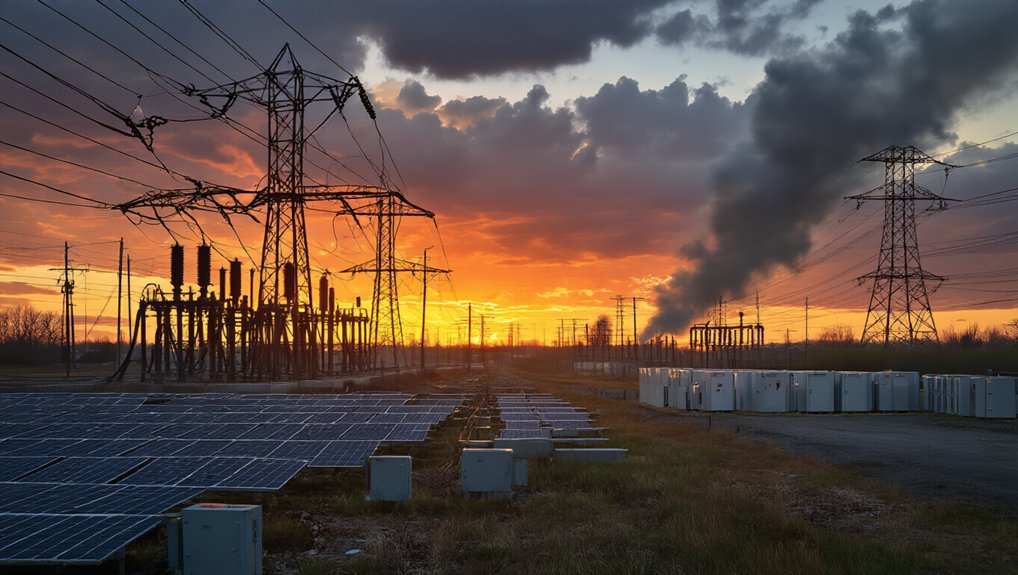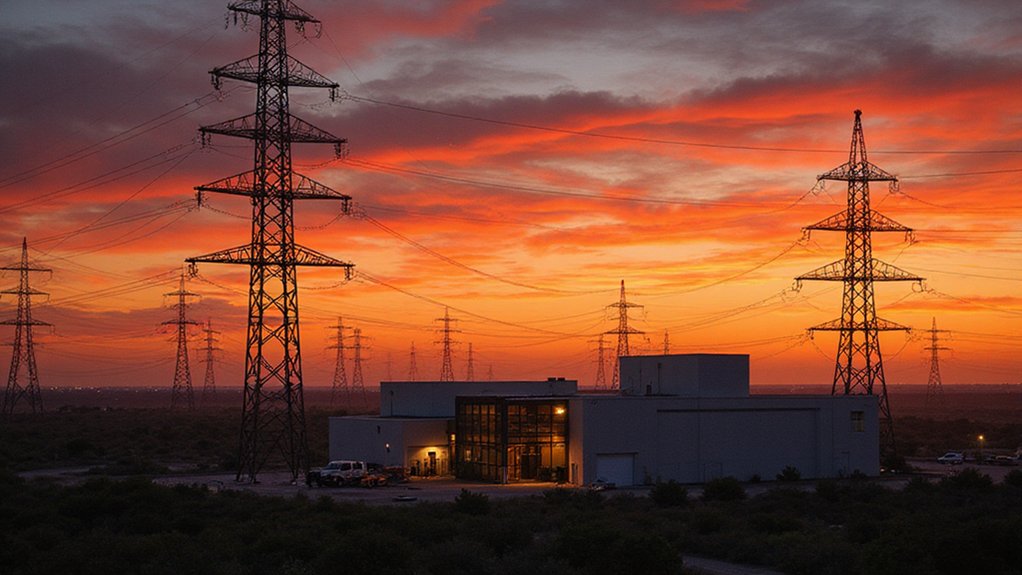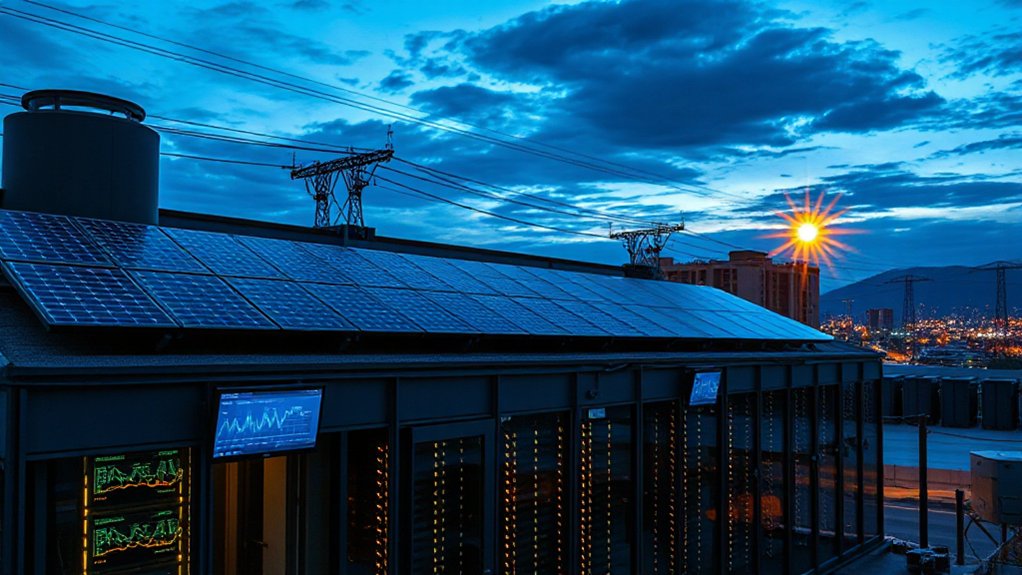When Spain’s power grid collapsed on April 28, 2025, taking down 60% of the country’s electricity supply in about five seconds, officials had to face an uncomfortable truth—this wasn’t some sophisticated cyberattack or foreign sabotage. Nope. Just good old-fashioned incompetence. The blackout that started at 12:30 pm and left millions in darkness until the next morning was entirely homegrown.
The official investigation didn’t mince words. Grid operators forgot to secure a backup for a critical power plant. That’s it. That’s the big revelation. Small failures in southern Spain snowballed into catastrophic network collapses, and nobody had bothered to plan for it. The report also mentioned “vulnerabilities and misconfigurations in security measures,” which is bureaucrat-speak for “we screwed up.”
Fifteen gigawatts vanished faster than you can say “lights out.” Mobile networks died. Trains stopped. Hospitals scrambled for backup power. The internet went dark. Portugal got dragged down with Spain because their grids are connected—misery loves company, apparently. Only the Canary Islands escaped, sitting pretty in the Atlantic while the mainland descended into chaos. The disaster claimed at least seven lives in Spain and one in Portugal, with vulnerable populations bearing the brunt of the crisis.
Here’s where it gets technical, and embarrassing. A voltage surge hit, and the grid couldn’t handle it. The trouble started at regional substations, particularly one in Extremadura, home to the Almaraz Nuclear Power Plant and numerous solar facilities. The infrastructure was outdated, coordination between operators was garbage, and critical nodes had zero redundancy.
Spain’s heavy reliance on renewables played a role too. Solar provided 59% of electricity that day, wind 12%. Sounds green and wonderful until you realize these sources lack the mechanical inertia traditional generators provide. About 80% of solar systems used grid-following inverters—basically, they’re followers, not leaders, when the grid needs stability. Remember South Australia’s 2016 blackout? Same problem, different country.
The Iberian Peninsula’s power grid might as well be on an island when it comes to European connections. When disaster struck, Spain and Portugal couldn’t tap neighboring countries for help. They were on their own, and it showed. Experts now recommend synchronous condensers and battery storage. Translation: expensive fixes for preventable problems. Despite the chaos, Ecological Transition Minister Sara Aagesen insisted Spain would push ahead with plans to generate 81% renewable electricity by 2030.
References
- https://www.euronews.com/my-europe/2025/06/17/spain-says-aprils-blackout-was-caused-by-multiple-technical-failures-and-rules-out-cyberat
- https://en.wikipedia.org/wiki/2025_Iberian_Peninsula_blackout
- https://sepapower.org/knowledge/april-2025-iberian-blackout/
- https://www.tekedia.com/forum/topic/the-spains-april-28-blackout-technical-failures-behind-massive-power-outage-and-cyberattack-in-energy-push/?part=1









